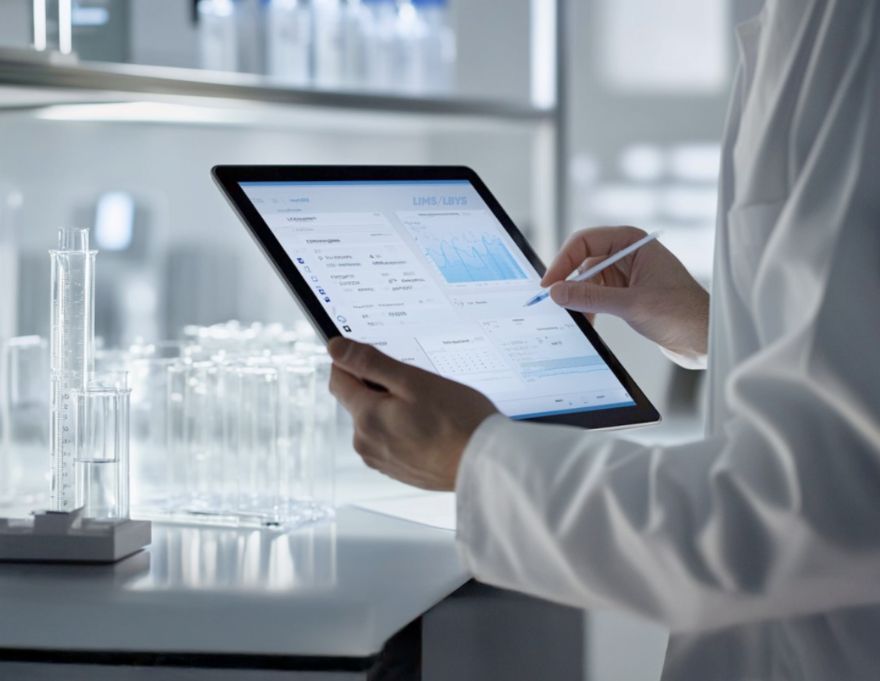
The Quality Management Module ensures that laboratories implement high quality standards in their analysis processes in a sustainable manner. All quality steps such as detection of nonconformities, management of CAPA (Corrective and Preventive Action) processes, internal audit planning and personnel training monitoring are controlled end-to-end through the system. In this way, every development regarding quality is recorded, monitored and audited.
The module ensures that laboratories are ready for inspections at all times with its structure that is fully compatible with international standards such as GLP, ISO 17025 and FDA 21 CFR Part 11. With automatic notifications, quality reports and trend analyses, not only problems are intervened but also a continuous improvement culture is systematically operated. This structure takes laboratory reliability and customer satisfaction to the next level.
